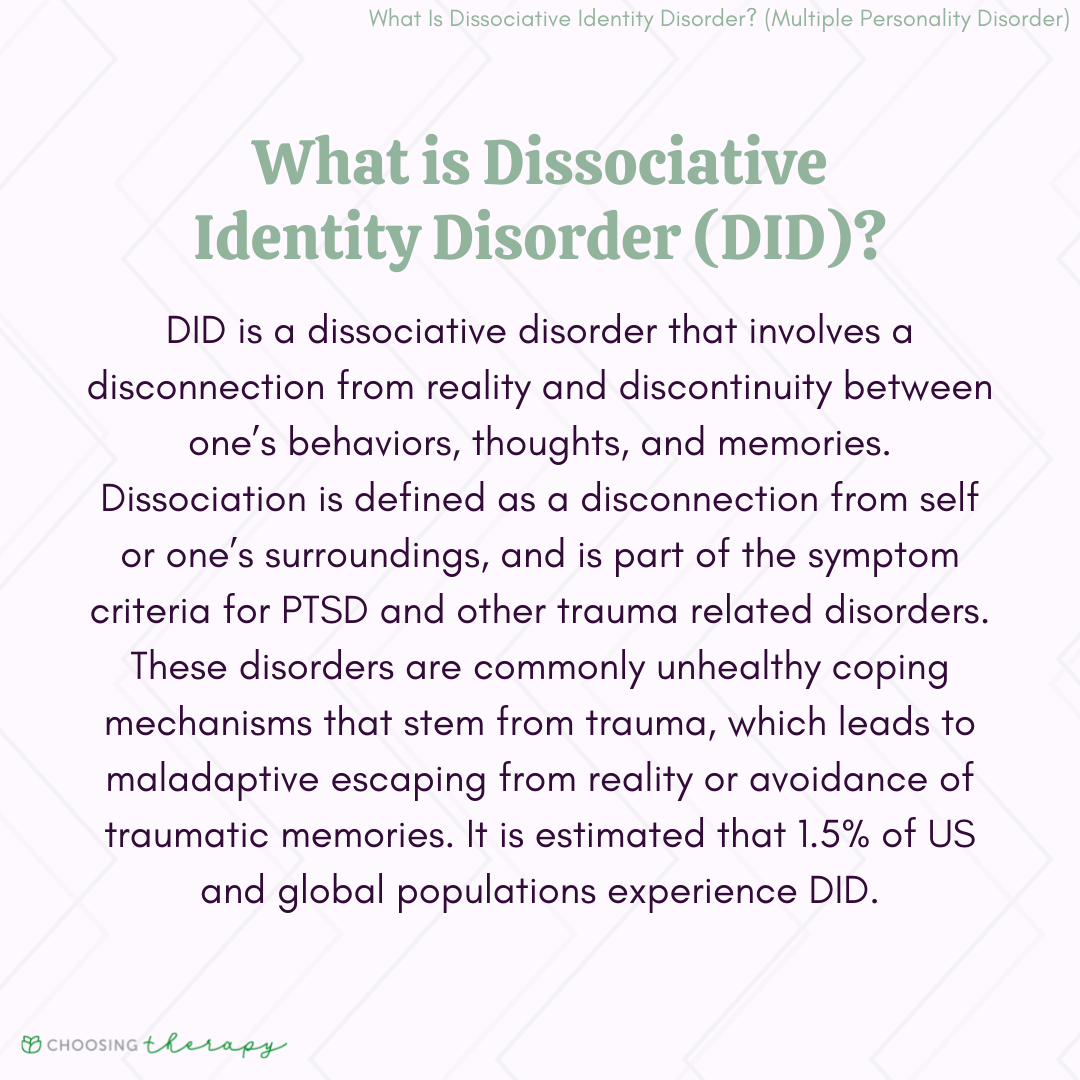Understanding Ownership of Asbury Automotive Group: Structure, Leadership, and Accessing Investor Information
Introduction: The Ownership Landscape of Asbury Automotive Group
Asbury Automotive Group, Inc. stands as one of the largest automotive retail and service companies in the United States. For those interested in who owns Asbury Automotive Group, a clear understanding of its ownership structure, leadership, and mechanisms for accessing corporate information is essential. This article provides a detailed breakdown of Asbury’s public ownership, institutional shareholders, and steps for investors or interested parties to access updated governance and shareholder information.
Asbury Automotive Group’s Public Company Status
Asbury Automotive Group, Inc. is a publicly traded company, listed on the New York Stock Exchange under the ticker symbol ABG . This status means the company is not privately owned by a single individual or family, but rather its shares are owned by a wide range of institutional and retail investors. Publicly traded companies like Asbury must adhere to rigorous reporting, transparency, and governance requirements set forth by regulatory bodies such as the U.S. Securities and Exchange Commission (SEC) and the New York Stock Exchange [1] .
Ownership Structure: Institutional and Retail Shareholders
The majority of Asbury Automotive Group’s ownership is held by large institutional investors. As of late 2024, the approximate breakdown is:
- Institutional Investors (~96%) : This includes mutual funds, pension funds, and exchange-traded funds. Major institutional shareholders often include well-known investment firms such as The Vanguard Group and BlackRock. These institutions buy and hold large blocks of shares, which gives them significant influence over company decisions [1] .
- Company Insiders (~1%) : These are shares held by the company’s executives and board members. While this is a small proportion, insider ownership is often viewed as a sign of management’s confidence in the business [1] .
- Public & Other (~3%) : The remaining shares are held by individual retail investors and other minor entities not classified as institutional or insiders [1] .
This dispersed ownership means that no single party or small group has outright control, but rather decisions are influenced by shareholder voting and the actions of the Board of Directors.
Leadership and Corporate Governance
Strategic decisions and daily operations at Asbury Automotive Group are managed by its executive leadership team and a Board of Directors . As of the end of 2024, the following individuals hold key leadership roles:
- David W. Hult : President & Chief Executive Officer
- Michael C. Welch : Senior Vice President & Chief Financial Officer
- Daniel C. Clara : Senior Vice President, Operations
- Jed L. Milstein : Senior Vice President & Chief Human Resources Officer
The Board of Directors, which includes independent members and company insiders, provides oversight and ensures that management’s actions align with shareholder interests and regulatory standards. Information about the current Board composition, committee structure, and governance policies is made available through Asbury’s official investor relations portal [3] .

Source: boardofdirectorssalary.com
Accessing Investor and Ownership Information
If you are interested in learning more about Asbury Automotive Group’s ownership, investor relations, or wish to participate as a shareholder, several avenues are available:
- Investor Relations Portal : The company maintains a comprehensive investor relations section on its official website. Here, you can access annual reports, SEC filings, governance documents, and information about the leadership team. Begin by visiting the official Asbury Automotive Group Investor Relations page and navigating to the sections on corporate governance and executive leadership [3] [4] .
- New York Stock Exchange (NYSE) : Asbury’s stock is listed under the ticker “ABG.” You can look up current share prices, trading volumes, and ownership profiles on reputable financial news platforms such as Bloomberg, Yahoo Finance, or directly through the NYSE portal. This is helpful for researching institutional ownership, tracking insider transactions, and reviewing analyst coverage.
- SEC Filings : All public companies in the U.S. are required to regularly file important disclosures with the Securities and Exchange Commission. You can search for Asbury Automotive Group’s filings using the SEC’s EDGAR database. These filings provide comprehensive insights into large shareholders, executive compensation, and recent governance changes. To find this, go to the SEC’s official website and enter “Asbury Automotive Group” or “ABG” in the search function [2] .
- Becoming a Shareholder : If you wish to become a part-owner, you may purchase shares of ABG through any licensed brokerage account. After opening and funding your brokerage account, search for the ticker “ABG” and follow the broker’s instructions to complete your purchase. Note that investing in publicly traded companies carries risks; consider consulting a licensed financial advisor for personalized guidance.
For those interested in regular updates, Asbury Automotive Group also offers email alerts and webcast events through its investor portal. Signing up for these notifications can keep you informed of earnings releases, annual meetings, and strategic announcements.
Historical Context: How Ownership Has Evolved
While Asbury Automotive Group is now predominantly owned by institutional investors and the public, its ownership has evolved over time. In its early years, controlling stakes were held by private equity firms and investment partnerships. For example, filings from earlier decades show that entities such as FS Equity Partners, MCC International Holdings, and Ripplewood Investments once held significant ownership positions [2] . Over time, as the company expanded and went public, ownership broadened to include a much wider range of stakeholders.
This transition from concentrated private ownership to dispersed public ownership is common among companies that seek to raise capital, expand operations, and comply with regulatory requirements. Today, ongoing shifts in institutional investor holdings and retail participation mean that Asbury’s ownership profile may continue to evolve.
Practical Guidance for Researching Asbury’s Ownership
For those seeking the most up-to-date or detailed information on Asbury Automotive Group’s ownership:
- Use the company’s official investor relations website to access published reports and governance documents. These resources are updated regularly and provide the most direct insight into the company’s structure and leadership.
- Consult the SEC’s EDGAR database for legally mandated filings, which include annual and quarterly reports, proxy statements, and beneficial ownership disclosures. This is particularly useful for tracking changes in institutional ownership or insider transactions.
- Rely on reputable financial news sources for market trends, analyst opinions, and significant shareholder movements. While these sources are not official, they often provide timely commentary and analysis.
- For legal or investment advice, consult with a licensed professional. Public records and filings are comprehensive but can be complex; trained advisors can interpret this information based on your personal circumstances.
Potential Challenges and Solutions
Some individuals may find that researching public company ownership is challenging due to the complexity of filings or the technical nature of financial reports. Here are solutions to common issues:
- Overwhelming Data : SEC filings can be dense. Focus on the annual proxy statement (DEF 14A) and the 10-K annual report for clear summaries of major shareholders and executive compensation.
- Updating Delays : Ownership disclosures reflect the most recent reporting periods. For real-time updates, combine SEC filings with financial news platforms or contact the company’s investor relations department for clarification.
- Understanding Institutional Holdings : Major investment firms often hold shares on behalf of numerous clients. Their reported ownership may change frequently due to fund inflows and outflows; always check the filing date for context.
Alternative Approaches to Shareholder Research
While direct research through official channels is recommended, alternative strategies include:
- Using investment research platforms that aggregate ownership data and provide visual breakdowns of institutional and insider holdings.
- Attending or viewing the company’s annual shareholder meeting, which sometimes includes presentations and Q&A sessions about ownership and strategy.
- Reading industry analyst reports, which often summarize key ownership trends, governance risks, and strategic initiatives relevant to prospective investors.
Summary: Key Takeaways on Asbury Automotive Group’s Ownership
Asbury Automotive Group is a publicly traded company with a broad ownership base dominated by institutional investors. Its leadership and governance are managed by a professional executive team and a multi-member board, ensuring compliance with the highest standards of transparency and accountability. Anyone interested in becoming a shareholder or accessing detailed ownership information can do so through official channels, including the company’s investor relations portal, the SEC’s EDGAR database, and licensed financial advisors. By following the steps and guidance outlined above, individuals can gain a comprehensive understanding of Asbury’s ownership structure and participate in its ongoing growth story.

Source: dreamstime.com
References
- [1] DCF Modeling (2025). Asbury Automotive Group, Inc. history, mission, and ownership overview.
- [2] SEC.gov (2007). Asbury Automotive Group, Inc. official ownership filings.
- [3] Asbury Automotive Group (2025). Corporate Governance and Board structure.
- [4] Asbury Automotive Group (2024). Executive Leadership profiles.
MORE FROM oncecoupon.com













